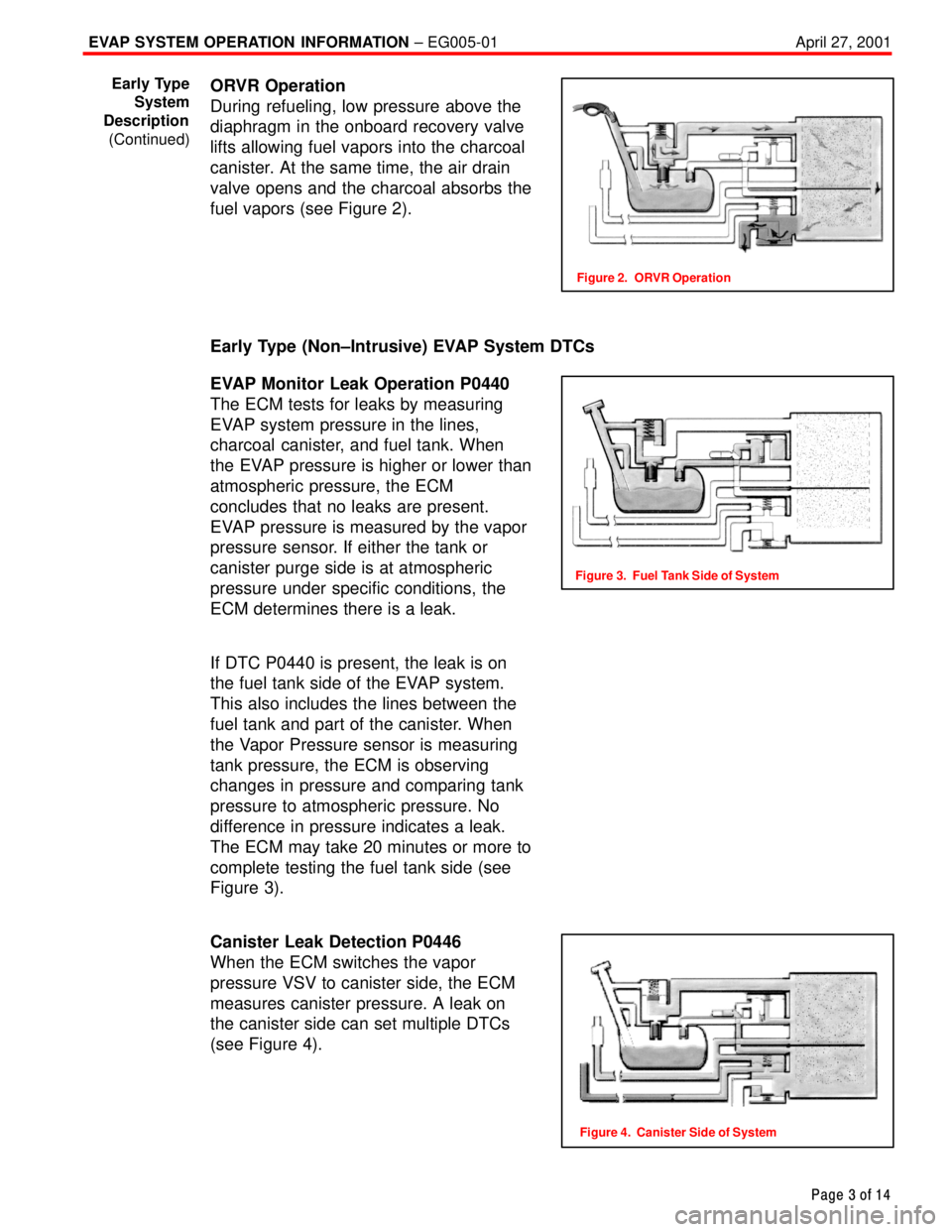Page 3643 of 4592
SA07X±06
F08043
Suspension Support
Spring Bumper
Link Stabilizer Bar
Shock
Absorber
ABS Speed Sensor
Wire Harness ClampFront Drive Shaft with Coil SpringUpper SeatBearing
Lower
Insulator
Lower Suspension Arm Lower Suspension
Bushing StopperBrake CaliperInsulator UpperSpring Support No. 2Suspension
Shock Absorber
Coil Spring
Tie Rod End
� Dust
Deflector
� Cotter Pin
� Cotter Pin� Cotter
Pin
Lower Ball jointDisc
Lock Cap ABS Speed Sensor
N´m (kgf´cm, ft´lbf): Specified torque
� Non±reusable part�
80 (820, 59)49 (500, 36)
39 (400, 29)
211 (2,150, 156)
107 (1,090, 79)
29 (300, 22)
123 (1,250, 90)49 (500, 36)
8.0 (82, 71 in.´lbf)
294 (3,000, 217)
206 (2,100, 152)
206 (2,100, 152)
206 (2,100, 152)
127 (1,300, 94)
127 (1,300, 94)
± SUSPENSION AND AXLEFRONT LOWER BALL JOINT
SA±15
522 Author�: Date�:
FRONT LOWER BALL JOINT
COMPONENTS
Page 3644 of 4592
SA085±04
F08044
Flexible Hose
Rear Axle Hub
� O±Ring
Hub Bolt
Brake Drum No. 2 Lower
Suspension Arm
Rear Axle
Carrier No. 1 Lower
Suspension Arm
ABS
Speed Sensor
Strut Rod
N´m (kgf´cm, ft´lbf)
� Non±reusable part: Specified torque
Reused Nut : 196 (2,000, 145)
New Nut : 255 (2,600, 188)
8.0 (82, 71 in.´lbf)
113 (1,150, 83)
29 (300, 22)
80 (820, 59)
181 (1,850, 134)
SA±16
± SUSPENSION AND AXLEREAR AXLE HUB
523 Author�: Date�:
REAR AXLE HUB
COMPONENTS
Page 3645 of 4592
SA1EZ±03
F08045
: Specified torqueN´m (kgf´cm, ft´lbf)
Non±reusable part �Cap
Shock Absorber
42 (430, 31)
39 (400, 29)
Shock Absorber
with Coil Spring
39 (400, 29)
Stabilizer
Bar Link
42 (430, 31)
Rear Seatback
Rear Seat Cushion
Collar
Suspension
Support
Spring
Bumper
Coil Spring
Lower Insulator
�49 (500, 36)
Reused nut: 196 (2,000, 145)
New nut: 255 (2,600, 188)
ABS Speed Sensor
Wire Harness
5.4 (55, 48 in.´lbf)
29 (300, 22)
Flexible
Hose
± SUSPENSION AND AXLEREAR SHOCK ABSORBER
SA±17
524 Author�: Date�:
REAR SHOCK ABSORBER
COMPONENTS
Page 3646 of 4592
SA08A±03
F08046
F08047
F08081
SA±18
± SUSPENSION AND AXLEREAR SHOCK ABSORBER
REMOVAL
1. REMOVE REAR SEATBACK AND REAR SEAT CUSH-
ION (See page BO±22)
2. REMOVE REAR WHEEL
3. DISCONNECT FLEXIBLE HOSE AND ABS SPEED
SENSOR WIRE HARNESS CLAMP FROM SHOCK AB-
SORBER
Remove the 2 bolts and disconnect the flexible hose bracket
and ABS wire harness clamp.
4. DISCONNECT STABILIZER BAR LINK FROM SHOCK
ABSORBER
Remove the nut and stabilizer bar link.
HINT:
If the ball joint turns together with the nut, use a 5 mm hexagon
wrench to hold the stud.
5. REMOVE SHOCK ABSORBER WITH COIL SPRING
(a) Loosen the 2 nuts on the lower side of the shock absorber.
(b) Remove the cap.
(c) Loosen the nut in the center of the suspension support.
NOTICE:
Do not remove it.
HINT:
If not disassembling the shock absorber, it is not necessary to
loosen the nut.
(d) Remove the 3 nuts and shock absorber with the coil
spring.
Page 3647 of 4592

SA1F5±02
± SUSPENSION AND AXLEREAR SHOCK ABSORBER
SA±19
INSTALLATION
1. INSTALL SHOCK ABSORBER WITH COIL SPRING
(a) Install the 3 nuts and shock absorber with the coil spring.
Torque: 39 N´m (400 kgf´cm, 29 ft´lbf)
(b) Install the shock absorber with the coil spring, 2 bolts and nuts.
Torque:
Reused nut: 196 N´m (2,000 kgf´cm, 145 ft´lbf)
New nut: 255 N´m (2,600 kgf´cm, 188 ft´lbf)
HINT:
If reusing the 2 nuts, coat the threads of the 2 nuts with engine oil.
(c) Torque the nut in the center of the suspension support.
Torque: 49 N´m (500 kgf´cm, 36 ft´lbf)
HINT:
If the shock absorber has not been disassembled, it is not necessary to torque the nut.
(d) Install the cap.
2. CONNECT STABILIZER BAR LINK
Torque: 39 N´m (400 kgf´cm, 29 ft´lbf)
HINT:
If the ball joint turns together with the nut, use a hexagon (5 mm) wrench to hold the stud.
3. CONNECT FLEXIBLE HOSE AND ABS SPEED SENSOR WIRE HARNESS CLAMP
Torque:
Flexible hose: 29 N´m (300 kgf´cm, 22 ft´lbf)
ABS speed sensor wire harness: 5.4 N´m (55 kgf´cm, 48 in.´lbf)
4. INSTALL REAR WHEEL
Torque: 103 N´m (1,050 kgf´cm, 76 ft´lbf)
5. INSTALL REAR SEATBACK AND REAR SEAT CUSHION (See page BO±25)
6. CHECK REAR WHEEL ALIGNMENT (See Pub. No. RM654U on page SA±7)
Page 3741 of 4592
SEAT COVER LOOSENESS ± BO020±99 December 17, 1999
Page 2 of 3
1. For easier repair remove the complete
seat assembly.
2. If necessary, remove the manual seat
adjuster handle.
3. Bend the locking tabs down.
4. Completely disengage the J±clip from
the seat adjuster frame (front area
only).
5. Using a screwdriver, bend the frame
J±clip retention clips to the front.
(Approximately 1.5 mm)
NOTE:
Original Condition: Retention clips are
bent to the rear.
NOTE:
With a screwdriver, bend all 5 retention
clips 1.5 mm forward.
Repair
Procedure
Seat CoverJ±Clip/Rail
Seat Bottom Locking Tabs
Up
Front
1.5 mm Seat Adjuster Frame
J±clip
Page 3742 of 4592
SEAT COVER LOOSENESS ± BO020±99 December 17, 1999
Page 3 of 3
6. Reassemble the seat cushion.
7. Bend the locking tabs over the
cushion.
8. After reinstallation of the seat and
manual seat adjuster handle
(if removed), check the seat cushion
retention and seat operation
(sit on seat and push cushion down).
9. Tighten the seat mounting screws to
the torque specifications in the Repair
Manual.Repair
Procedure
(Continued)
Locking Tabs
Page 3801 of 4592

EVAP SYSTEM OPERATION INFORMATION ± EG005-01 April 27, 2001
Page 3 of 14
ORVR Operation
During refueling, low pressure above the
diaphragm in the onboard recovery valve
lifts allowing fuel vapors into the charcoal
canister. At the same time, the air drain
valve opens and the charcoal absorbs the
fuel vapors (see Figure 2).
Early Type (Non±Intrusive) EVAP System DTCs
EVAP Monitor Leak Operation P0440
The ECM tests for leaks by measuring
EVAP system pressure in the lines,
charcoal canister, and fuel tank. When
the EVAP pressure is higher or lower than
atmospheric pressure, the ECM
concludes that no leaks are present.
EVAP pressure is measured by the vapor
pressure sensor. If either the tank or
canister purge side is at atmospheric
pressure under specific conditions, the
ECM determines there is a leak.
If DTC P0440 is present, the leak is on
the fuel tank side of the EVAP system.
This also includes the lines between the
fuel tank and part of the canister. When
the Vapor Pressure sensor is measuring
tank pressure, the ECM is observing
changes in pressure and comparing tank
pressure to atmospheric pressure. No
difference in pressure indicates a leak.
The ECM may take 20 minutes or more to
complete testing the fuel tank side (see
Figure 3).
Canister Leak Detection P0446
When the ECM switches the vapor
pressure VSV to canister side, the ECM
measures canister pressure. A leak on
the canister side can set multiple DTCs
(see Figure 4).Early Type
System
Description
(Continued)
Figure 2. ORVR Operation
Figure 3. Fuel Tank Side of System
Figure 4. Canister Side of System